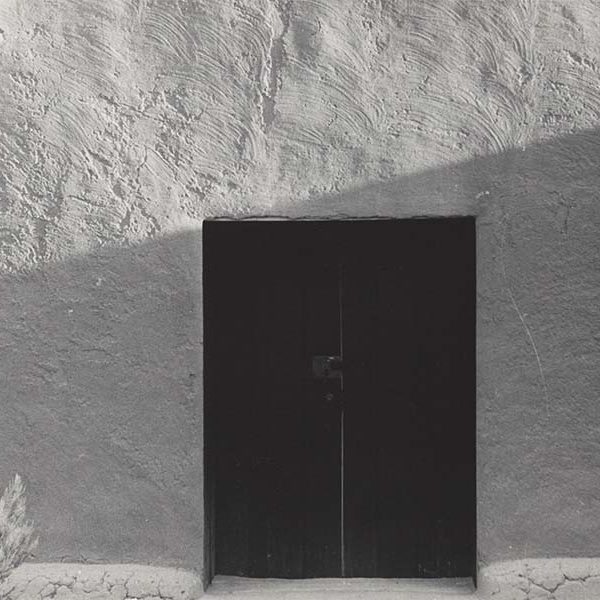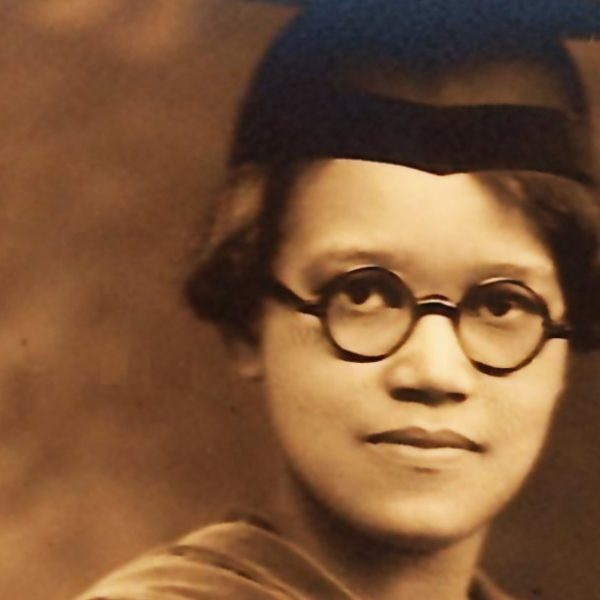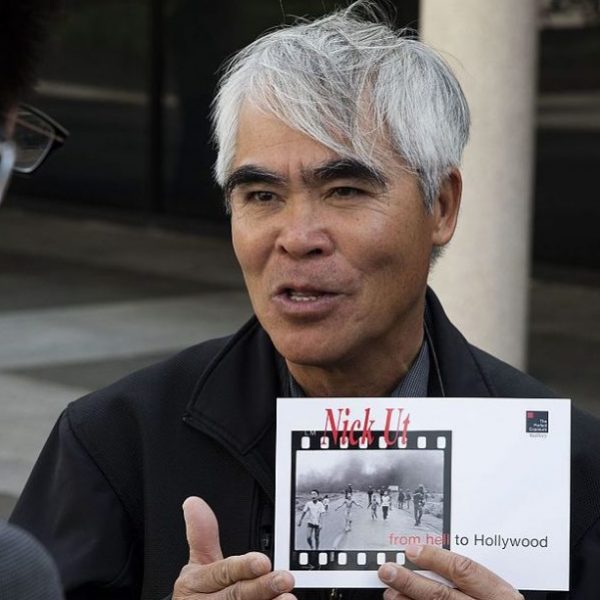For All the World to See
In September 1955, shortly after Emmett Till was murdered by white supremacists in Money, Mississippi, his grieving mother, Mamie Till Bradley, distributed to newspapers and magazines a gruesome black-and-white photograph of his mutilated corpse. Asked why she would do this, Mrs. Bradley explained that by witnessing, with their own eyes, the brutality of segregation and racism, Americans would be more likely to support the cause of racial justice and equality. “Let the world see what I’ve seen,” was her reply. The publication of the photograph transformed the modern civil rights movement, inspiring a new generation of activists to join the cause.
Organized by curator Maurice Berger of the Center for Art, Design, and Visual Culture, University of Maryland Baltimore County in partnership with the National Museum of African American History  and Culture, Smithsonian Institute, the exhibition “For All the World to See: Visual Culture and the Struggle for Civil Rights” has traveled from the International Center of Photography in New York to its current location at the DuSable Museum of African American History in Chicago. For those unable to see the images in person, there is an extensive website with an online exhibition, film festival, and information about the Yale University Press companion catalog.
and Culture, Smithsonian Institute, the exhibition “For All the World to See: Visual Culture and the Struggle for Civil Rights” has traveled from the International Center of Photography in New York to its current location at the DuSable Museum of African American History in Chicago. For those unable to see the images in person, there is an extensive website with an online exhibition, film festival, and information about the Yale University Press companion catalog.
Featuring a broad range of media including photography, television, film, magazines, newspapers, and advertising, the images narrate the struggle for civil rights with the often excluded visual history of the period: the startling footage of southern white aggression and black suffering that appeared night after night on television news programs; the photographs of black achievers and martyrs in Negro periodicals, which roused pride or activism in the African-American community; the humble snapshot, no less powerful in its ability to edify and motivate. In each case, the war against racism and segregation was waged not with brick or flesh or words but with pictures—potent weapons that forever changed a nation. It is a legacy and reminder of what was hard-fought and gained on public ground, the advancement of equal rights for all to see.
http://www-tc.pbs.org/video/media/swf/PBSPlayer.swf
Watch the full episode. See more SundayArts.



